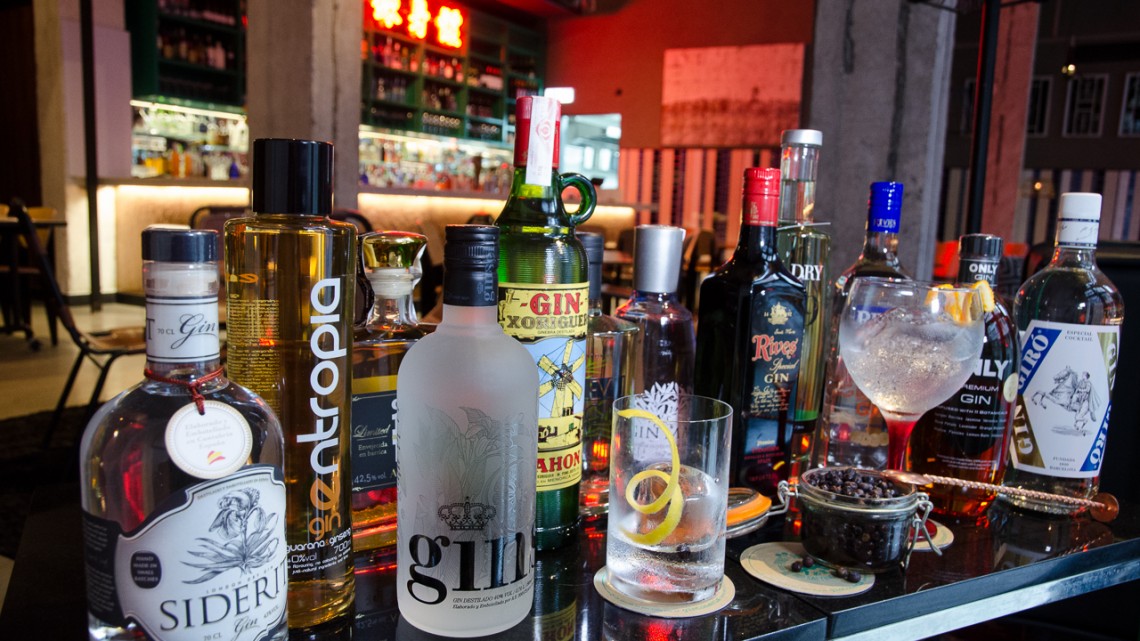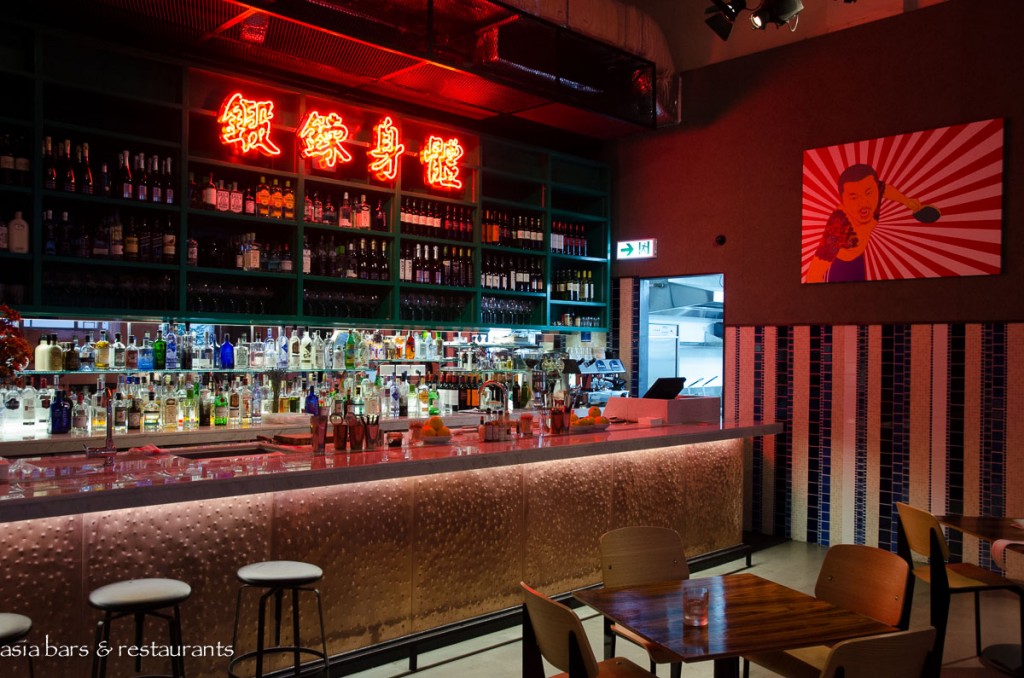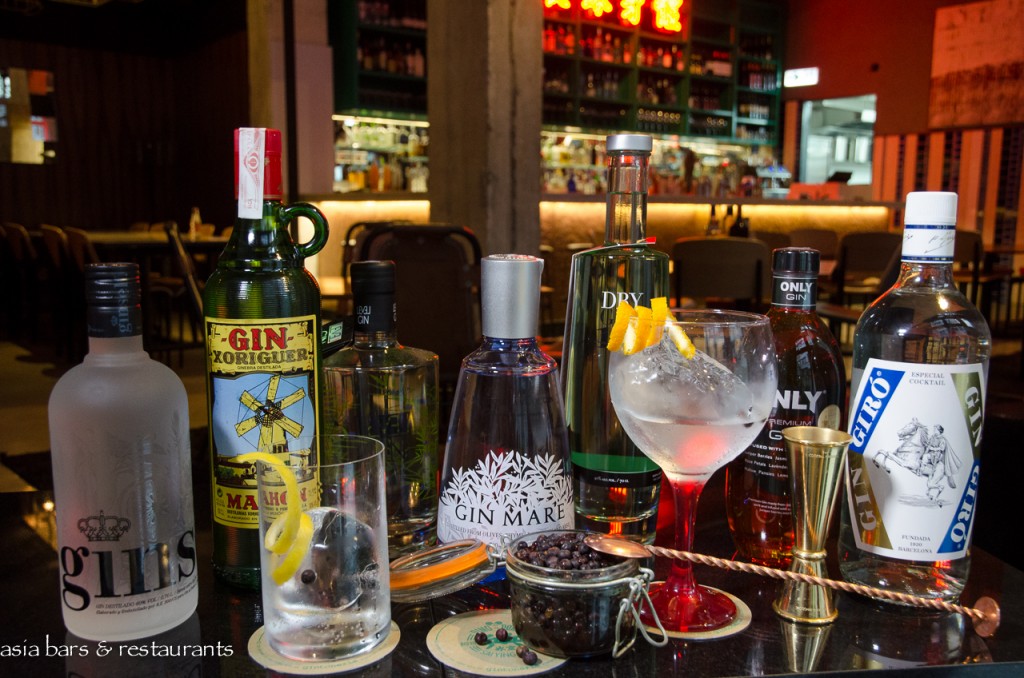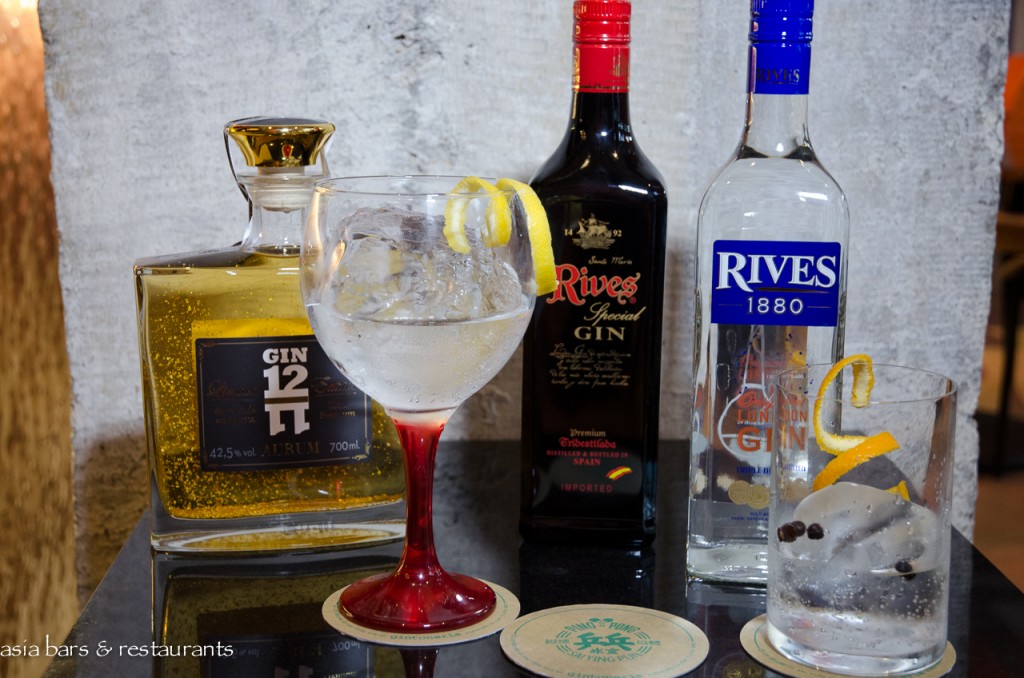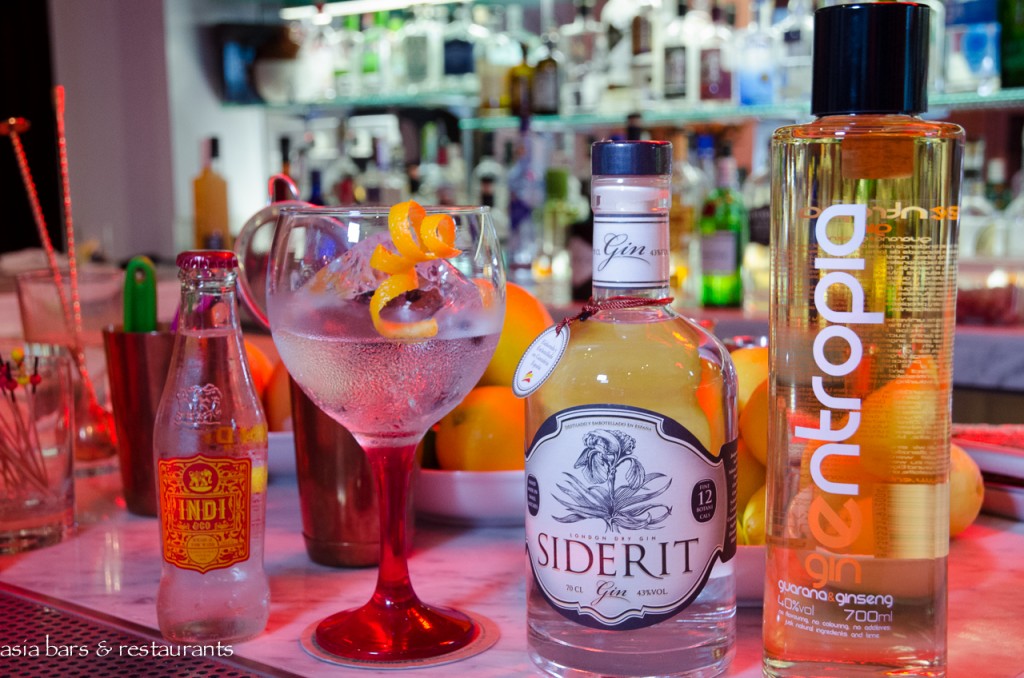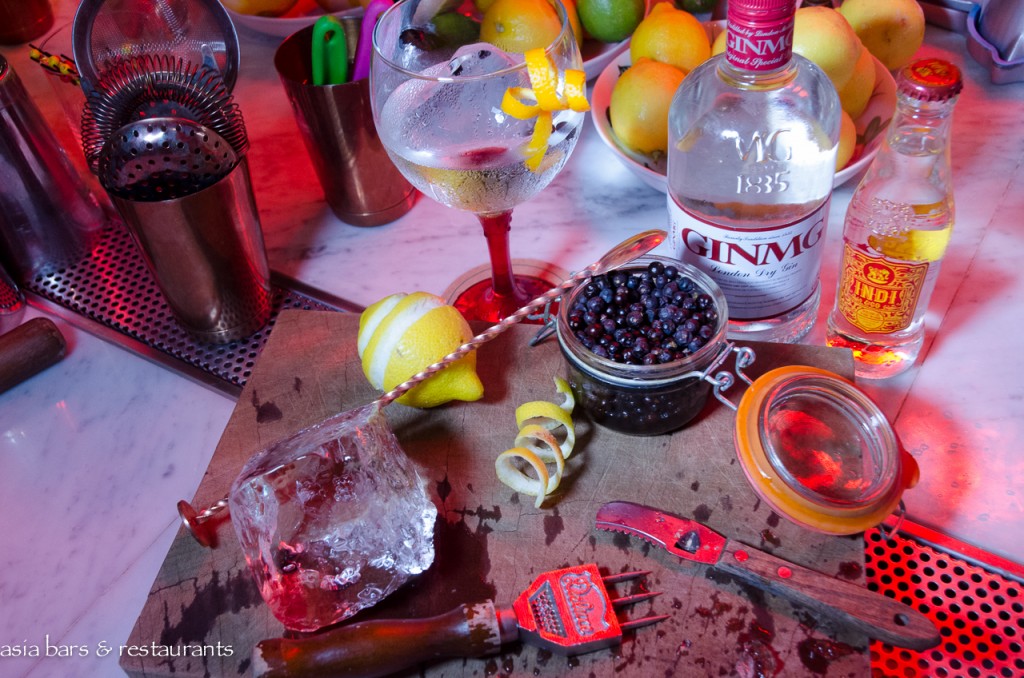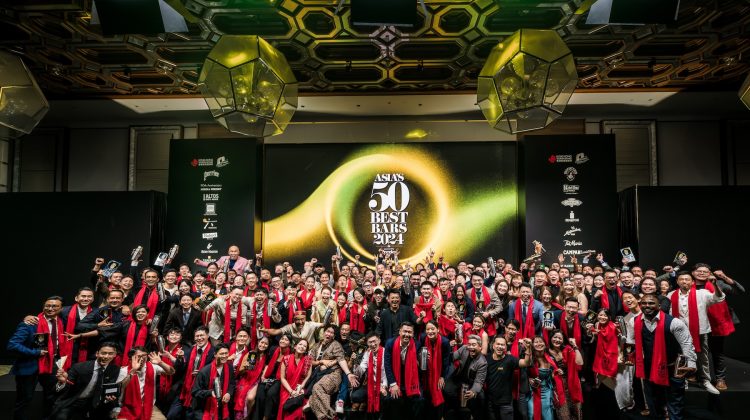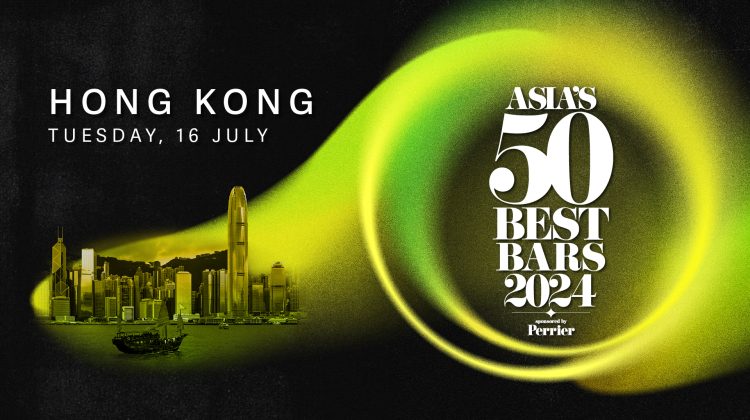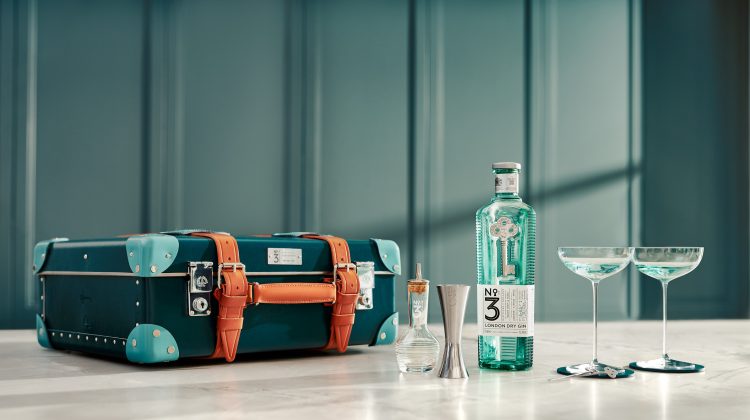Premium & craft Spanish gins – masterfully served in Hong Kong at acclaimed Ping Pong 129 Gintoneria bar
August 23rd, 2014
As the recent renaissance of premium gin continues to gain popularity among a discerning global audience of cocktail drinkers, a plethora of new brands have emerged in countries ranging from the UK, USA, France, Germany, Australia and most notably – Spain. At the forefront of the trend, a proliferation of innovative craft gin producers in Spain (currently numbering over 100 brands) have embraced creative combinations of botanical ingredients in the distillation process to offer a wide variety of alluring, well-balanced gins, characterised by depth of flavour, complexity, and elegant aromatics.
The impressive renewed popularity of gin has spawned the opening of specialist gin bars across the leading cocktail markets such as the UK and USA, while in Spain the long tradition of the “Gin-Tonic” has placed it second among world-wide gin consumption. Introducing the Spanish concept of Gintoneria (gin bar) to Hong Kong earlier this year, Ping Pong 129 has become one of the most talked about new bar openings of the year – and attracts a growing clientele of gin aficionados. Personally sourced by one of the partners, Ping Pong 129 currently offer over 60 gin labels – with the majority from Spanish brands – ranging from long established premium distillers to the innovate craft micro-distilleries that have emerged in recent years. A diversity of climate, plants and culinary traditions across Spain facilitate some appealing variations in the regional styles of “new generation” Spanish gins.
Here are some tasting notes for a selection of the premium and craft Spanish regional gins available at Ping Pong 129.
Mediterranean region
Bottles from (L) to (R)
- Ginself – Produced since 2010, a premium botanical gin from the Valencia region with strong Mediterranean character of juniper, tangerine and Valencian nutmeg.
- Gin Xoriguer Mahon – First made on Balearic Island of Menorca in the 18th century for the British Navy, a distinctive spicy taste from spicy pine juniper, black pepper, orange zest. Uniquely distilled from grape alcohol.
- Gin Level – A limited edition premium London Dry style gin made in the Cataluna region. Provides a dry and aromatic taste profile from eight botanicals, including coriander, juniper, cinnamon, orange zest, and cardamom.
- Gin Mare – A popular botanical gin produced in Costa Dorada, within the Cataluna region. Distilled with olives, thyme, rosemary and basil for an authentic Mediterranean character.
- 19 Flors Dry Gin – A limited edition craft gin produced in the Cataluna region from small-batch 100 litre stills. Distilled with nineteen botanicals including plant roots and flower petals, lemon peel, juniper berries and cinchona bark to exhibit a diverse and exotic aroma, with a predominant lemon flavour, and long refreshing finish.
- Only Gin – From Barcelona, a premium botanical gin, that has been awarded a Double Gold Medal at a major 2012 international competition. Intense floral aroma and taste are created from the infusion of flowers including hibiscus, violet, rose petals, lavender, pansies and orange blossom.
- Gin Giro – Produced by the Pedro Giro company in Barcelona since 1860. A London Dry gin style with sweet aroma, juniper flavour and dry finish.
South Spain- Andalucia region
Bottles from (L) to (R)
- Aurum 12 11 Gin – A special edition, super premium gin from Granada. Produced with Sierra Nevada water, eleven botanicals, including juniper, mandarin, rose, sage, lemon, angelica, cardamom, coriander, thyme, rosemary – then barrel aged in American oak with flakes of 24 carat gold for five months. An elegant botanical aroma is balanced with an intense palate of toasted flavours with hints of roasted nuts and vanilla.
- Rives Especial – A super premium gin produced in Puerto de Santa Maria since 1980. Triple distilled in copper stills, the final distillation with eleven botanicals creates clean aromas and highlights juniper on the palate, with a fresh aftertaste of toasted almonds.
- Rives 1880 – One of the leading Spanish brands, a premium London Dry Gin style produced in Puerto de Santa Maria since 1880. Distilled three times in traditional copper stills to produce pure neutral alcohol that is combined with up to twelve botanicals including lavender, lemon from Valencia, and Seville orange to create a distinctive Mediterranean character. The taste profile is balanced and smooth, with intense citrus and light flavour.
Atlantic region – north Spain
Bottles from (L) to (R)
- Siderit Gin – A craft-made, London Dry Gin style produced in Cantabria. A fractional distillation process, plus a combination of twelve botanicals including hibiscus, tangerine peel, and a medicinal herbal tea “Syderitis Hissopifolia” – creates a gin with unique character. A citrus tangerine aroma is balanced with taste of botanicals, dry and sweet with a floral finish.
- Entropia Gin – Made in a Galacian area winery with a triple distillation of whole wheat kernel, and post distillation infusions of guarana and ginseng to produce the distinctive golden colour gin. Intense and fruity aroma, with dry palate of citrus and lingering spicy finish.
Classic Spanish “GIN-TONIC” serve
The quintessential Spanish “GIN-TONIC” experience is defined by a meticulous attention to detail in preparation and ingredients. After selecting the preferred combination of gin style and a complementary premium tonic water, the bartender will follow three rules-
- Always use a stemmed, large balloon or “copa” glass that enhances the aromatic character of the Gin-tonic.
- Crystal-clear blocks of ice that fill the glass – a good Gin-tonic is always cold – and the hand-carved, single large ice block has a slower melt rate than regular ice cubes, reducing dilution of the drink.
- Carefully select the ideal garnish to match the gin aromatics and flavour – typically either a variety of citrus peel, or juniper berries.
See also June 2014 review article on Ping Pong 129


